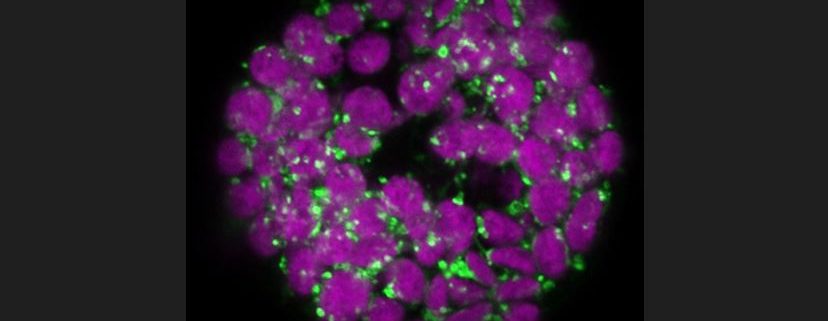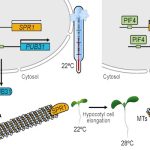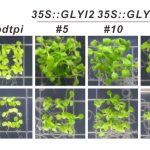Enzymes at the chloroplast and ER work together for ER lipid metabolism
By Van C Nguyen and Yuki Nakamura
RIKEN Center for Sustainable Resource Science, Japan & Institute of Plant and Microbial Biology, Academia Sinica, Taiwan
Background: The endoplasmic reticulum (ER) is the major site of glycerolipid biosynthesis for membrane and storage lipids, and phosphatidic acid phosphatase catalyzes a crucial reaction step of the glycerolipid biosynthesis pathway.
Question: What enzyme(s) are responsible for ER-localized phosphatidic acid phosphatase activity and what is their effect on lipid metabolism and plant growth in Arabidopsis?
Findings: We found that suppression of a pair of lipid phosphate phosphatases, LPPα2 and LPPε1, redundantly affected gametogenesis and lipid metabolism. LPPα2 localizes to the ER, but LPPε1 localizes at the chloroplast outer envelope. Nevertheless, both enzymes contribute to ER lipid metabolism. We concluded that ER glycerolipid metabolism requires a chloroplast-localized enzyme.
Next steps: Inter-organelle communication is integral to cellular homeostasis and we will further examine the mechanisms of inter-organelle communication in membrane lipid homeostasis.
Reference:
Van C. Nguyen and Yuki Nakamura. (2023). Distinctly localized lipid phosphate phosphatases mediate endoplasmic reticulum glycerolipid metabolism in Arabidopsis. https://doi.org/10.1093/plcell/koad021




